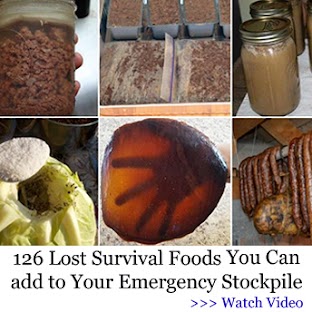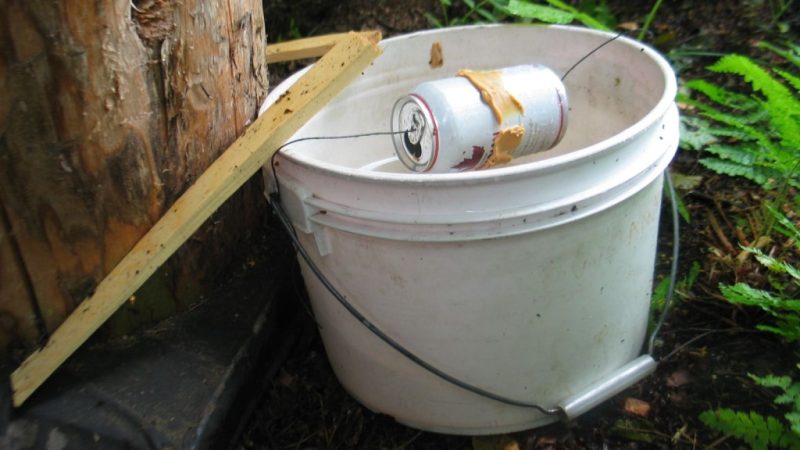Feeding chickens solely on pasture can be tricky, but isn’t impossible. Chickens can find their own feed, but each chicken needs a considerable amount of room. Chickens can’t eat what isn’t there, and the more chickens you have the less food there is for each chicken. You have to match the number chickens to your pasture size or they will die from poor health and starvation. Chickens are a good survival animals.
How It Was Done In The Old Days
In the old days people didn’t feed their hens at all. Much of the hen’s diet was provided by poor sanitation. People would throw their garbage out on the streets or around the outside of the house. The cows would spill grain. Manure was all over the place and was full of free lunch – maggots. Even with all this extra food the number of hens that could be kept healthy without supplemental feeding of grains was limited.
A farmer of the 1800’s might have kept a dozen hens and a rooster through the winter. The following spring the hens would hatch a brood of chicks, giving the farmer about 72 chicks plus the original hens and rooster made for 85 birds total. After the chicks had hatched the old rooster would be sold or eaten. Most of the young chickens and their mothers would be harvested in the fall. One new rooster and twelve young hens would be kept through the following winter, completing the cycle. By having 85 chickens during the summer and only 13 during the lean months of winter, the amount of grain needed for the chickens would be minimal.
This Always Meant Malnutrition
A flock of 13 chickens could survive the winter on a small handful of grain, usually spilled by the farmer when feeding the cows. Add to that a bit of hay and whatever else they could find and they could get by. They would not be healthy, but they would live to see another summer. This winter diet would be nutritionally poor in vitamins and proteins. Because of this lean diet the hens would lay no eggs during the winter, but they would recover once spring started and the grass turned green again, and the cycle could repeat.
The More Chickens, The More Malnutrition
I’ve heard people say that you can only support 1-2 free range hens per acre, and others say they keep a dozen in a 10×10 coop. I think it depends on how much time you are willing to put into your chickens. If you’re willing to move them daily in a chicken tractor and buy (or grow) them a supplemental feed, then there’s no reason you can’t have a decent size flock.
Chickens are picky eaters as well. As your chickens begin to overpopulate your farm they first eat up the supply of high-calorie feeds such as seeds, then they move on to the supply of high-protein feeds such as bugs and clover. Finally, they exhaust all the high-vitamin feeds such as green grass. It’s nearly impossible to tell what stage your forage is in, except for the last stages, when all the green plants disappear.
It Always Pays Off To Provide a Supplemental Diet
The increased production of eggs and larger hens always pays for the increased feed. The feed diet should be adjusted to reflect what the chickens can find as they forage. You can usually leave out vitamins (if they have greens) and proteins (if they have plenty of bugs or clover). In general, for the sustainable homesteader, grain may be all they need supplemented for the summer.
But enough dry summer days in a row browns the grass and makes it useless to the chickens, so this method has its risks. Also in the winter there will be no greens and very little bugs for them so they will need more supplemental grain. A store bought grain really works best here, but during a SHTF situation you may not have that luxury, so do what you can get to get them more grain. This is not ideal, and you may have to harvest a few chickens to make it work, but the bottom line is the flock will make it to the next spring.
If we can’t see what our chickens are eating it’s hard to determine what nutrients they are getting. Many of the things hens eat are so tiny that we can’t see them – tiny seeds, bugs, and worms. Fortunately for the homesteader, hens prefer fresh, natural feeds to processed chicken feed. They will eat their fill on natural foods before going to the store-bought feed whenever they have the chance. This makes it pretty easy to feed your chickens correctly, just follow the golden rule….
Offer your chickens as much chicken feed or homegrown grain as they want, and then let them eat however much pasture they want.
This will help to maximize production and save as much grain for the cows as possible. During hard times you can still get some eggs out of your flock without hurting your hens but you won’t get very many. Don’t plan your meals around fat chickens, plan them for the lean days and be happy with the excess during the summer.






